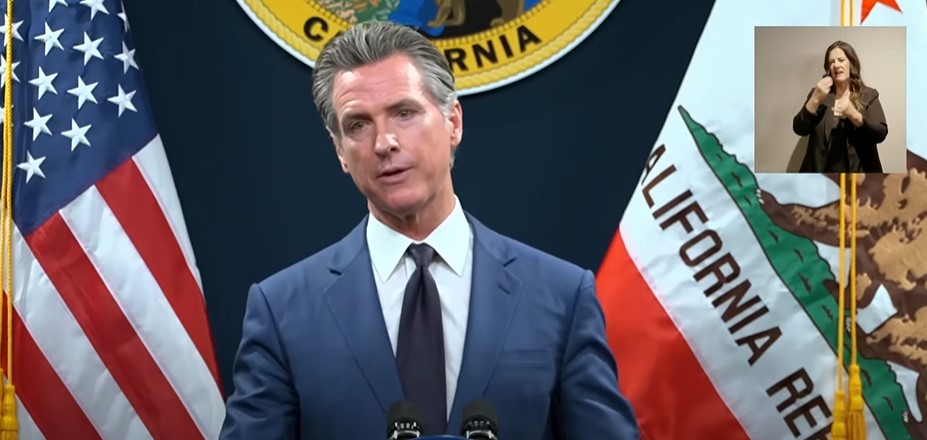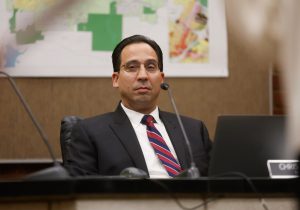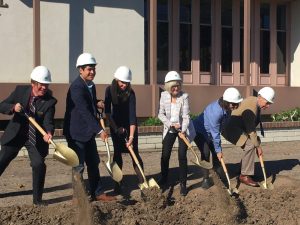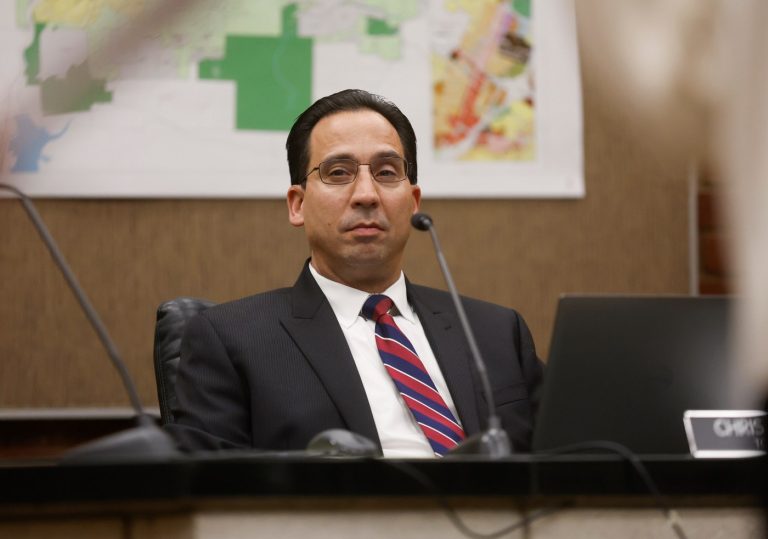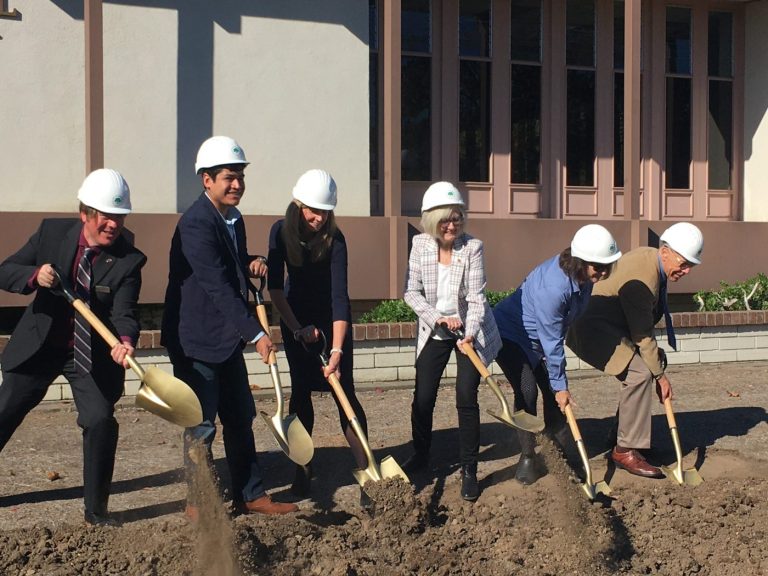California’s state budget has a $27.6 billion deficit, but it can be balanced without new taxes or major cuts to core programs, Gov. Gavin Newsom said Friday.
Unveiling his revised $288 billion May state budget for 2024-25, Newsom laid out a plan that relies on taking some money from “rainy day” reserves set aside in prior years, while also delaying some state programs, leaving 10,000 state jobs unfilled, and reducing spending on other programs — from new water storage to middle class scholarship programs.
“We have to be responsible. We have to be accountable. We have to balance the budget,” Newsom said.
In January, Newsom announced the state had a $38 billion state deficit. The state Legislative Analyst’s Office said in February it could be as high as $73 billion, a number he rejected. By March, the governor and state lawmakers reached a deal to reduce it by $17 billion.
Under state law, the Legislature is required to pass a budget by June 15 or lawmakers won’t get paid. After that, Newsom has until July 1 to agree with them on a final spending plan.
Republicans, who are in the minority in both the Assembly and Senate in Sacramento, criticized the proposal, and generally called for more spending cuts.
“California’s budget situation is a mess,” said Assemblyman Vince Fong, R-Bakersfield, the vice chairman of the Assembly Budget Committee. “I have said repeatedly that budget gimmicks, cost shifts and more borrowing only creates more problems in the future. Using budget reserves to prop up unsustainable spending is not only unwise, it’s fiscally irresponsible.”
California’s budget went from surplus three years ago to deficits over the past two years. Capital gains taxes surged in 2021 due to a booming stock market but plummeted in 2022 following a market downturn, which reduced the amount of capital gains taxes that the wealthiest Californians pay. Also, state budget analysts had difficulty accurately predicting how much tax money would be coming in after the IRS allowed Californians last year to delay paying taxes from April until November due to the historic storms that upended many communities.
“It’s boom or bust,” said Sanjay Varshney, a professor of finance at Sacramento State University. “The top 1% of earners account for almost half the budget. So what happens to the 1% has a major impact on the state budget.”
Newsom echoed that concern. He said the state should begin budgeting in two-year cycles. He laid out a plan for 2025-26 also on Friday, although that will be subject to change next year.
For this year, the governor proposed closing the budget deficit with:
– $15.2 billion in cuts: Those include cutting $500 million from water storage programs, $2 billion in broadband funding; $510 million in middle class scholarship programs, and $550 million in preschool and kindergarten programs.
– $14.8 billion in pauses and shifts: Among them are moving $4 billion in spending for electric vehicle and renewable energy programs out of the general fund to be covered by the state’s cap and trade funds, which are fees paid by polluting industries. Another $1.4 billion in childcare programs would be delayed; and $972 million in childcare programs would shift from the from general fund to be paid for by cannabis funds.
– $7.4 billion in revenues and borrowing, which includes some budget tricks, like saving $1.6 billion by delaying from June 30 until July 1 the date that state workers are paid, which moves the expense into a new fiscal year.
– $4.2 billion from rainy day reserves.
– $3 billion in efficiencies: These including leaving 10,000 state jobs open, and cutting 8% from state department office budgets by reducing landlines and printing costs.
Not proposed for cuts were some of the main new programs that Newsom and Democrats in the Legislature have put in place in recent years. Those include pre-kindergarten for 4-year-olds, and expansion of Medi-Cal, the state’s low-income health care program, to immigrants in the country illegally, which state budget analysts estimated last year would cost $3.1 billion annually.
“Our values are intact despite some tough choices we are making in this budget,” he said.
Permanently locking in place new costs from the boom years is now posing a challenge, said Sun Won Sohn, a professor of economics at Loyola Marymount University.
“The state assumed that good times would continue, especially because the state has a rainy day fund,” he said. “These assumptions turned out to be wrong.”
Newsom said he understood concerns from various interest groups about cuts and delays in programs, all of which must still be approved by lawmakers. But rather than lay off state workers, impose furloughs or deep cuts in social welfare programs, or raise taxes, he said his approach is the best alternative.
“We have a math problem,” he said. “Is this what I want to do? No.”
A likely candidate for president in 2028, the governor was adamant about not increasing taxes on corporations or the wealthy, something that liberals in the Legislature and some advocacy groups have urged him to do.
He emphasized that despite the current deficit, California still has the fifth-largest economy in the world, and just set records for tourism spending, and continues to lead in fields from artificial intelligence to computers to immunology.
“People visit from around the world and say ‘what is it about this state where you continue to punch above your weight, continue to invent the future,’” Newsom said.
